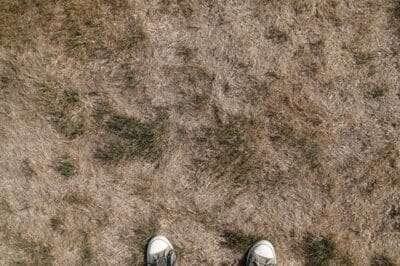Recognizing foundation damage in your home is crucial for maintaining its structural integrity and preventing further deterioration. Foundation problems can manifest in various ways, from subtle signs to more obvious symptoms that indicate underlying issues. This guide will discuss how to recognize foundation damage in your home, empowering you to identify potential problems early and take appropriate action to address them before they escalate.
1. Exterior Cracks and Fractures
One of the most visible signs of foundation damage is the presence of cracks and fractures on the exterior walls of your home. Inspect the exterior of your house for vertical, diagonal, or horizontal cracks in the foundation, brickwork, or concrete walls. Pay attention to the size, width, and location of the cracks, as larger or wider cracks may indicate more serious structural issues.
Additionally, look for bulging or bowing walls, which can signal foundation movement or settlement. Regularly monitoring the exterior of your home for signs of cracking can help you detect foundation problems early and prevent further damage.
2. Interior Wall Cracks and Misalignment
Foundation damage can also manifest as cracks and misalignment in the interior walls of your home. Inspect the walls, ceilings, and floors for cracks, especially near doorways, windows, and corners. Look for signs of unevenness or sloping floors, which may indicate foundation settlement or shifting.
Pay attention to doors and windows that no longer close or latch properly, as this could be a result of foundation movement. Document any changes or abnormalities in the interior walls of your home and consult a professional if you suspect foundation issues.
3. Uneven or Sagging Floors
In addition, flooring that is uneven or sinking throughout your house is another typical sign that your foundation has been damaged. Make use of a level to locate any slopes or dips that are readily apparent on the floors, paying special attention to the locations where the floor joists meet the foundation. Always keep an eye out for any spaces that exist between the floor and the baseboards or walls, as these might be signs of structural movement or settlement.
In addition, as you are walking over the flooring, pay attention to any noises that you hear, such as creaking or squeaking, since this might be an indication that the floor supports have been damaged or deteriorated. Repairing floors that are uneven or sagging as soon as possible will help avoid future damage to the base of your house and the structural integrity of the building.
4. Sticking Doors and Windows
When doors and windows stick, it might be a sign of foundation problems. Misaligned doors and windows may be a major annoyance when trying to open or shut them smoothly due to foundation shifting or settlements. The foundation’s structural integrity or shifts in soil moisture levels are common causes of this problem. Ignoring these signs can lead to more severe problems over time.
It’s crucial to address foundation repair promptly to prevent further deterioration and ensure the stability of the structure. Professional intervention by experienced contractors can assess the extent of the damage and implement appropriate solutions to restore the integrity of the foundation, thereby safeguarding the overall safety and value of the home.
5. Water Damage and Moisture Issues
Water damage and moisture issues can exacerbate foundation problems and lead to additional structural damage. Inspect the basement or crawl space for signs of water intrusion, such as dampness, mold, mildew, or water stains on the walls or floor. Check for standing water or pooling around the foundation perimeter, which can indicate poor drainage or grading issues.
Addressing water damage and moisture issues promptly is essential for preventing further deterioration of the foundation and mitigating the risk of mold growth or wood rot. Implementing proper drainage solutions and waterproofing measures can help protect your home from foundation damage caused by water infiltration.
Conclusion
Recognizing foundation damage in your home is essential for preserving its structural integrity and ensuring the safety and stability of your living environment.
By paying attention to exterior and interior signs of foundation problems, such as cracks, misalignment, uneven floors, sticking doors and windows, and water damage, you can identify potential issues early and take proactive measures to address them.
Promptly addressing foundation damage can help prevent further deterioration and costly repairs down the line, safeguarding your home and providing you with peace of mind.









